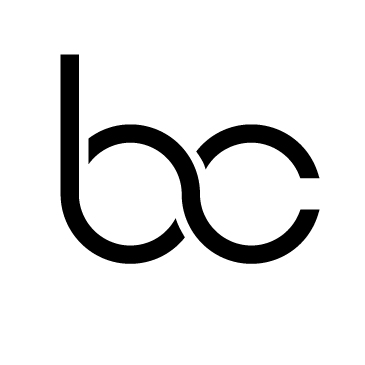Creative Direction: Lipstick Queen
Lipstick Queen is by all accounts an international success, now in 1,000 Ulta stores and soon, Sephora. We sat down with James Benard, Creative Director of Benard Creative, to get an insider's look behind the brand.
How did you meet Poppy King and get involved with Lipstick Queen?
I introduced myself to Poppy King while we were standing in line at Dean and Deluca in 2006. We hit it off immediately, and she asked for my help with her new venture, Lipstick Queen. I drew the original logo by hand and 2 weeks later finished the Sinner and Saint flower drawings for the first round of packaging.
How did the iconic hand-drawn packaging come about?
Pure necessity! We didn't have any budget for models or photographers, so we got resourceful with the tools we had: Poppy's PR connections, her brilliant nack for concept and color, and my ability to bring them to life with a ball point pen.
Can you describe your creative working relationship with Poppy King?
It's such a pleasure to collaborate with a genius! We riff off of each other in a way that I imagine songwriting teams do, one being more musically inclined (me with visuals) and the other being more lyrical (Poppy with words). We were born in different countries (Poppy is Australian) and have different abilities, but we see things in a remarkably similar way.
Some of the product concepts are very obscure. Did you ever worry about losing the consumer?
Our goal was to challenge women to think - to cut against the mostly conventional, boring, conformist ideas of beauty. We knew that if we poured our hearts and creative souls into it, the messages would translate into interest.
A product like Medieval has so much meaning layered into it, historical references that most women never need to unpack, but the depth of the sourcing resonates. The drawing alone took me 140 hour, and it's still a top seller (see below).
In what ways has the brand changed since it's rise to cult status?
We have had to simplify our point-of-sale messaging for the mass retail outlets. Additionally, now there is often a digital component, and there is more management. Thankfully the creative process is basically the same.
What is one lesson that you’ve learned from this account?
You can never look for consensus when doing something new: revolutionary ideas test poorly in focus groups (which is why everything looks the same). A few people will be crazy about a bold idea, but the majority of those polled will dislike it. This is how all movements start: they succeed in creating a small cadre of advocates. It takes a great client to “Think Different” and say yes to something radically new. But in the end we were our own client.
Any regrets?
That I didn't work for an ownership stake while the company was small.

